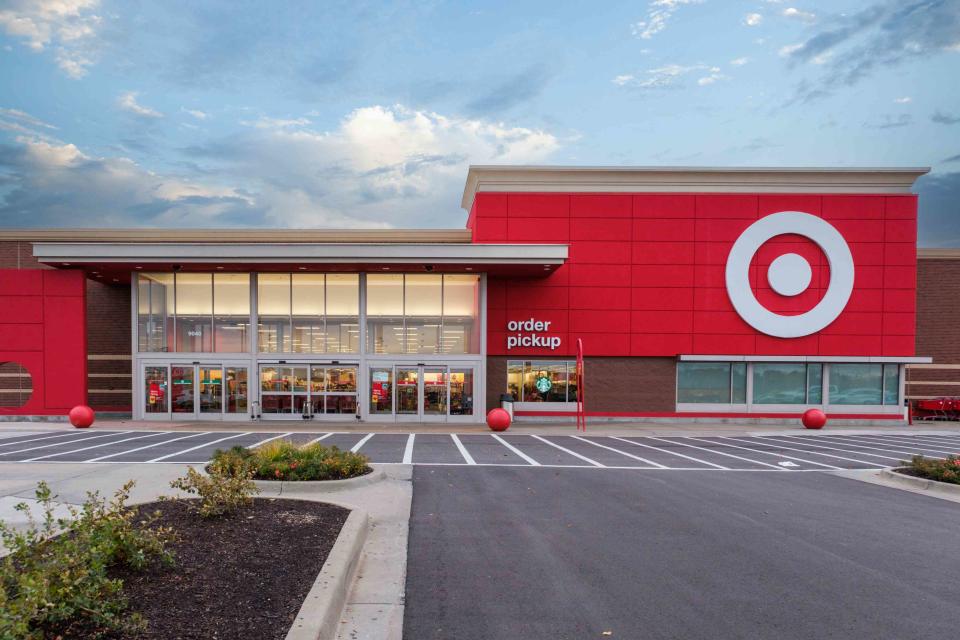Target Is Limiting Its Self-Checkout Counters to 10 Items or Less — Here’s Why
It's not just about efficiency.

Adobe
If you’re looking to use the self-checkout lanes at Target, you may need to shop elsewhere — unless you have 10 items or fewer.
The Minneapolis-based big-box retailer rolled out its new checkout rules at most of its 2,000 locations on March 17 after an express self-service pilot program at 200 of its branches proved that it “was twice as fast” and significantly more efficient.
“We’re opening more traditional lanes staffed by our team members across all our stores for guests who have more in their Target carts, need a helping hand, or just enjoy connecting with our team to help them get on their way sooner,” a statement released last week said. “We’re also continuing to invest in additional training to ensure that our teams can continue to provide great guest service during the checkout.”
What isn’t mentioned in the statement is that “shrink,” the industry term for loss of inventory mostly due to theft, fraud, and human error, has become a massive problem nationwide in the past several years — costing businesses $112.1 billion in losses in 2022 alone, up from $93.9 billion in 2021, per the National Retail Federation.
Related: President Biden Is Calling Out Snack Companies for 'Shrinkflation'
But what does the uptick of shrink have to do with self-checkout counters? Well, according to a LendingTree survey of 2,000 American consumers, approximately 15% have used self-checkout to steal an item — with 44% of them saying they would do it again. And a 2015 University of Leicester study that analyzed retailers in the United States, Britain, and other European countries found that self-service lanes and the use of mobile apps led to a loss of 4%, which was more than double the average.
Target’s changes also follow the retail giant’s September 2023 announcement that it would shutter nine stores in cities across four states — including San Francisco, Seattle, and Portland, Oregon — due to “theft and organized retail crime.”
And Target is not the only retailer experimenting with changes at the self-checkout counter. Some Walmart stores have limited their self-checkout kiosks to delivery drivers and Walmart+ subscribers. Costco has started screening membership cards in its lanes after an uptick in card sharing. Meanwhile, Dollar General is completely removing its machines in hundreds of stores.
Related: Please Stop Stealing Stuff from Restaurants
It’s not all about shrink, though. A recent study by Drexel University researchers — published in the Journal of Business Research — found that guests felt more likely to revisit a store after using the traditional full-service checkout. It also has a tremendous impact on customer loyalty. “Regular checkout improves customer loyalty to the store, as customers feel more rewarded, feel like they were treated more valuably,” the study found. “We further show that this effect on loyalty is mediated by both perceived saved effort and feelings of entitlement and moderated by basket size (i.e., the effect is weaker the smaller the basket size).”
But keeping one's basket size below 11 items at Target is a challenge in itself.
For more Food & Wine news, make sure to sign up for our newsletter!
Read the original article on Food & Wine.

